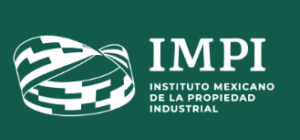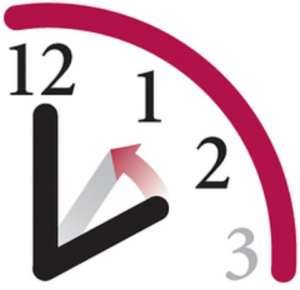The results are posted. See the tote board results.
I am grateful to the many loyal readers who have gently reminded me that I need to organize the 2020 Tote Boards. You can see the past Tote Boards here. These Tote Boards are part of a tradition that extends back to 2012 when I published the first Design Patent Tote Board. Please send in your numbers now. We will close the entries in two weeks, that is, on Friday, April 2, 2021. Here are the four Tote Boards for which your numbers are needed.
2020 US Plant Patent Tote Board. This will be the second annual plant patent toteboard. This is for granted US plant patents with issue dates falling in the range of January 7, 2020 to December 29, 2020. About 1398 US plant patents issued in 2020. How many of them have your firm name on the front page? A typical search string in the USPTO patents full-text database for plant patents might be:
APT/6 AND ISD/2020 and (lrep/oppedahl or lrep/oppendahl)
To send in your numbers for US plant patents, click here. We will close the entries in two weeks, that is, on April 2, 2021.
2020 US Design Patent Tote Board. This will be the ninth annual design patent toteboard. This is for granted US design patents with issue dates falling in the range of January 7, 2020 to December 29, 2020. About 34876 US design patents issued in 2020. How many of them have your firm name on the front page? A typical search string in the USPTO patents full-text database for design patents might be:
APT/4 AND ISD/2020 and (lrep/oppedahl or lrep/oppendahl)
To send in your numbers for US design patents, click here. We will close the entries in two weeks, that is, on April 2, 2021.
2020 US Utility Patent Tote Board. This will be the sixth annual utility patent toteboard. This is for granted US utility patents with issue dates falling in the range of January 7, 2020 to December 29, 2020. About 352000 US utility patents issued in 2020. How many of them have your firm name on the front page? Yes you may include granted reissues in this total if you wish. A typical search string in the USPTO patents full-text database for utility patents might be:
APT/1 AND ISD/2020 and (lrep/oppedahl or lrep/oppendahl)
To send in your numbers for US utility patents, click here. We will close the entries in two weeks, that is, on April 2, 2021.
2020 US Trademark Registration Tote Board. This will be the sixth annual trademark toteboard. This is for granted US trademark registrations with issue dates falling in the range of January 7, 2020 to December 29, 2020. About 283386 US trademark registrations issued in 2020. How many of them did your firm prosecute to registration? (It is not necessary that your firm filed the application, merely that your firm prosecuted the case to registration.)
To send in your numbers for US trademark registration certificates, click here. We will close the entries in two weeks, that is, on April 2, 2021.





